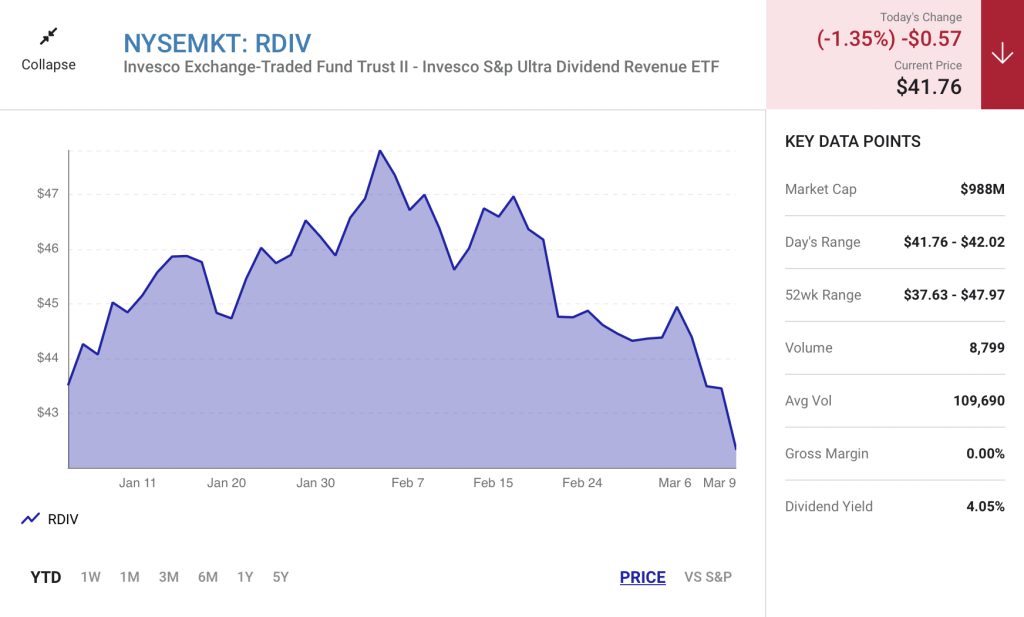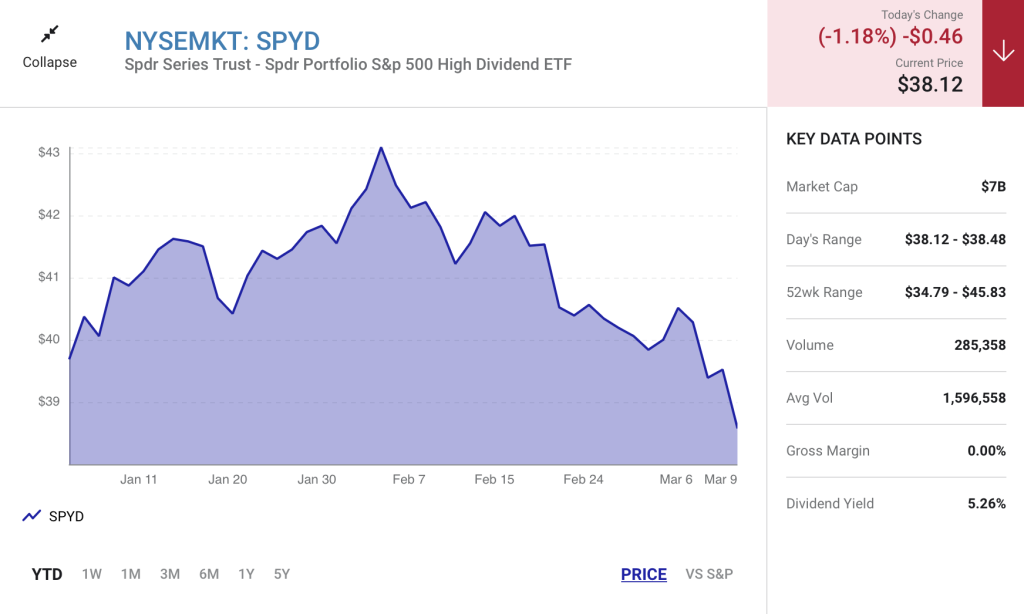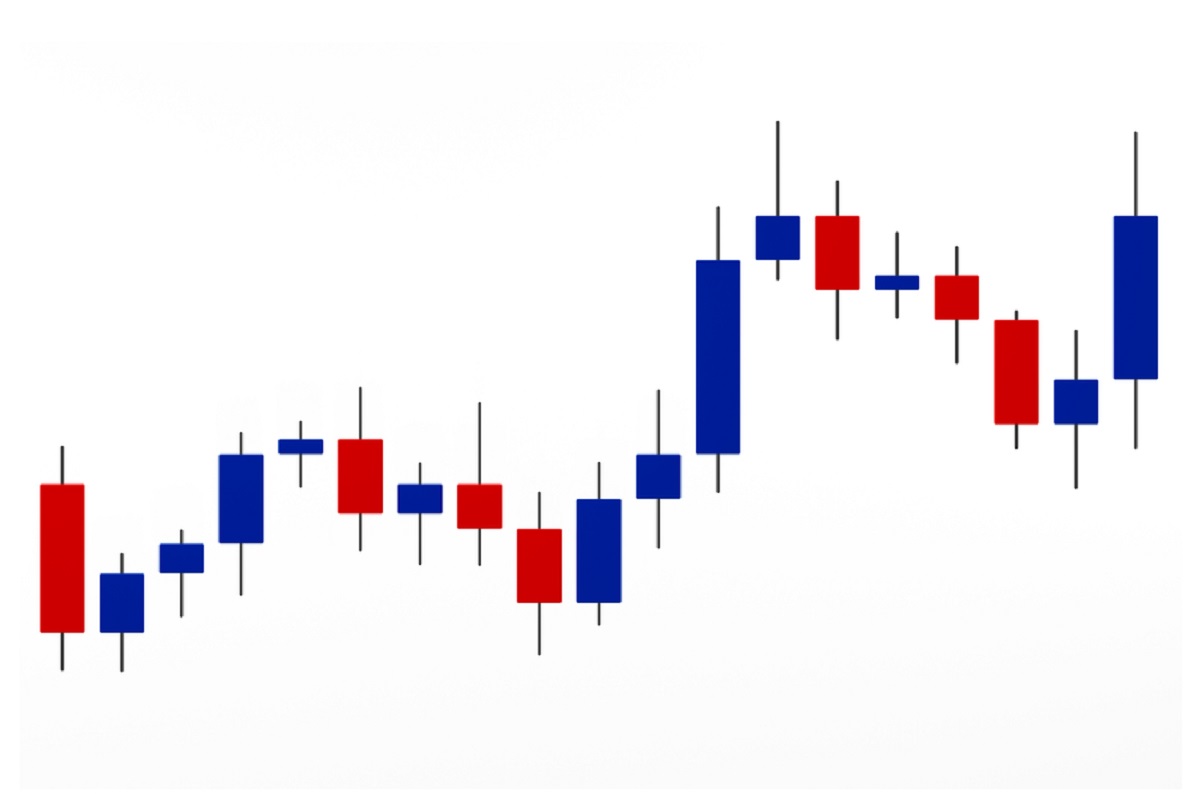You won’t find many income-generating ETFs better than these two.
The typical investor spends years investing for retirement through a combination of 401(k) plans, individual stocks, exchange-traded funds (ETFs), mutual funds, and other retirement investment vehicles.
Ideally, they build a portfolio that will sustain them throughout their retirement years. But when they actually do reach retirement, it is also important to have one other type of investment — one that generates income while they are in their retirement years. A good way to do this is to shift some of that portfolio into an ETF that is focused on dividend income. Here are two excellent options.
1. Invesco S&P Ultra Dividend Revenue ETF
The Invesco S&P Ultra Dividend Revenue ETF (RDIV -1.35%) pays out one of the highest dividend distribution rates among dividend ETFs. It has a distribution rate of 3.94% and a 12-month distribution rate, which takes the average interest and dividend payments over the trailing 12 months, of 3.45%. Because ETFs are composed of multiple stocks, the 12-month rate gives investors a better snapshot of the dividend yield.
The rate is so high because this ETF is built to include not just high yields but also sustainable and growing companies. It tracks the S&P 900 Dividend Revenue-Weighted Index, which is an index that starts by pulling the 5% of stocks from the S&P 900 that have the highest dividend yields. That 5% is whittled down further by screening for the top 5% in each sector that have the lowest dividend payout ratio. That comes out to roughly 60 stocks that have not only high yields but also low payout ratios, meaning it weeds out stocks that may be considered dividend traps — those with high yields that are not sustainable.

There is another aspect of this fund that makes it stand out among its peers. It weights the holdings by revenue earned by the companies over the most recent period. This ensures that the best-performing stocks have the most weight at any given time. Currently, the three largest holdings are Paramount Global, Citigroup, and Best Buy.
In the fourth quarter, it paid out a distribution of about $0.43 per share. Over the past year, its distribution was about $1.52 per share. The ETF is currently trading at about $43 per share, so if you bought 100 shares of this ETF, you’d have about $152 in income and roughly $38 per quarter. Yet, you would still get solid returns, as this ETF is built for performance as well.
It is up 1.7% year-to-date and 9.3% over the past 12 months through Feb. 28. For the five-year period ended Feb. 28, it has an average annual return of 8.9%. Since its inception on Sept. 30, 2013, it has had an average annual return of 10.6%.
2. SPDR Portfolio S&P 500 High Dividend ETF
The SPDR Portfolio S&P 500 High Dividend ETF (SPYD -1.18%) pays out an even higher yield, or distribution rate, than the Invesco ETF. This ETF has an average dividend yield of 4.55% and a 12-month average distribution rate or yield of 4.93%.
This ETF tracks the S&P 500 High Dividend Index, which gauges the performance of the 80 most high-yielding companies in the S&P 500 based on the latest dividend. It excludes any special dividends.
While it doesn’t have the screens that the Invesco ETF has to diversify by sector, include more sustainable dividends, and weight by revenue, it is equal-weighted to offer some diversification. But ultimately, the goal is to maximize the yield. The top holdings right now are Extra Space Storage, Omnicom Group, and Packaging Corp. of America.

In the most recent quarter, it paid out a distribution of about $0.52 per share. Over the past four quarters, the payout was about $2 per share. Currently, this ETF is trading at about $39 per share, so if you bought 100 shares, you’d have about $200 in income and roughly $50 per quarter, on average.
So, you definitely get more income from this ETF, at least in this present market. But the overall returns aren’t quite as good as the Invesco ETF. Year to date, it is up 1.2%, and for the one-year period that ended Feb. 28, it returned -1.6%. The five-year average annual return is 7.1%, while it has posted an annualized return of 8.9% since its inception on Oct. 21, 2015.
If you are looking for some additional income in retirement, it would not be a bad choice to invest some of that retirement portfolio in one of these ETFs.
Read Next – Holy $%#@ Tesla Is Screwed 🔴
He may be worth billions, but right now, Elon Musk’s greatest fear is a tiny company based just outside of Vancouver, British Columbia.
You see, this company has a patent that in the next few years (maybe even the next few months) will render every last Tesla car, truck, and SUV completely obsolete!
How is this possible? The explanation is actually fairly simple. There’s just nothing Elon can do about it.
Learn the shocking truth here.






